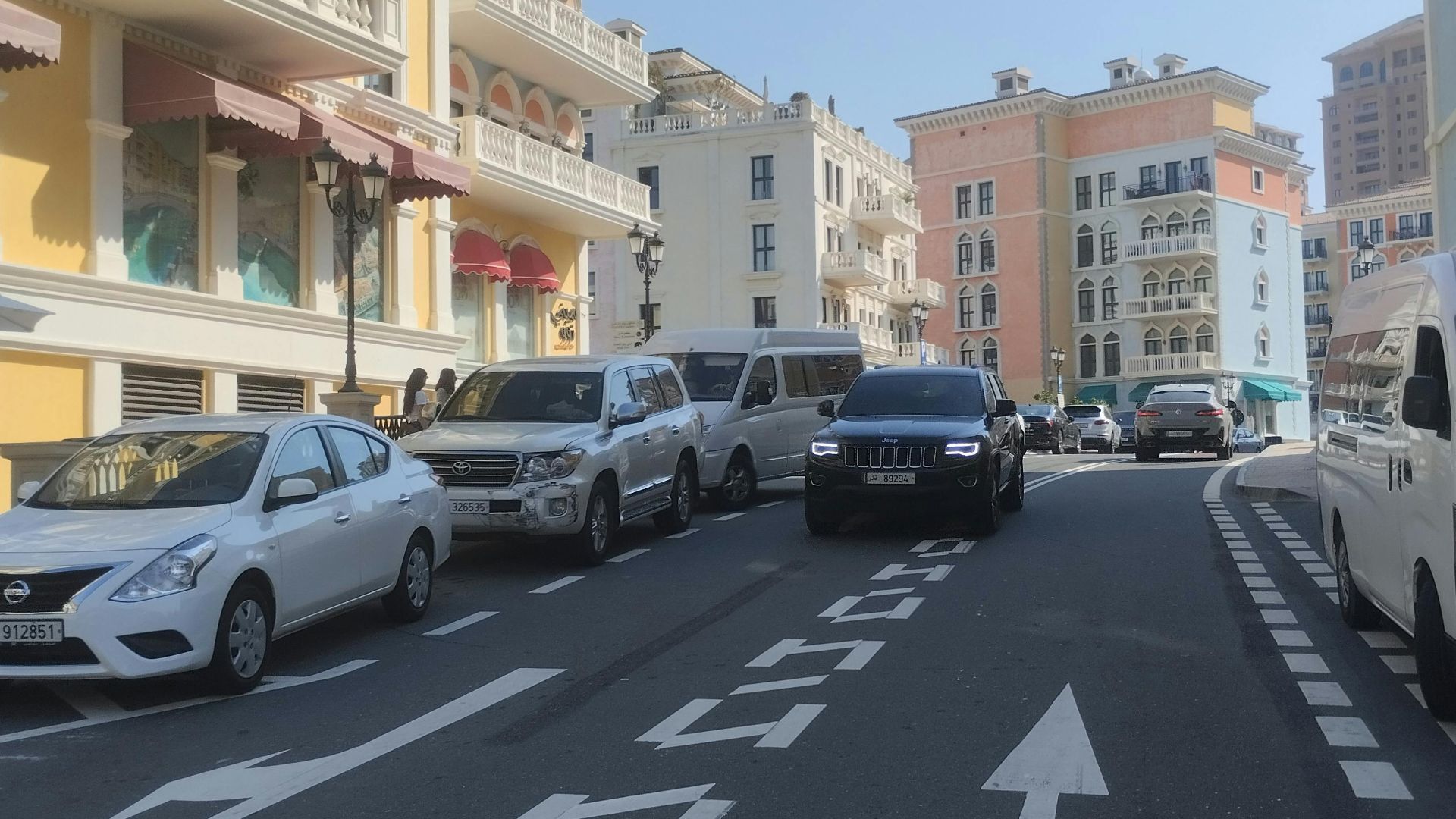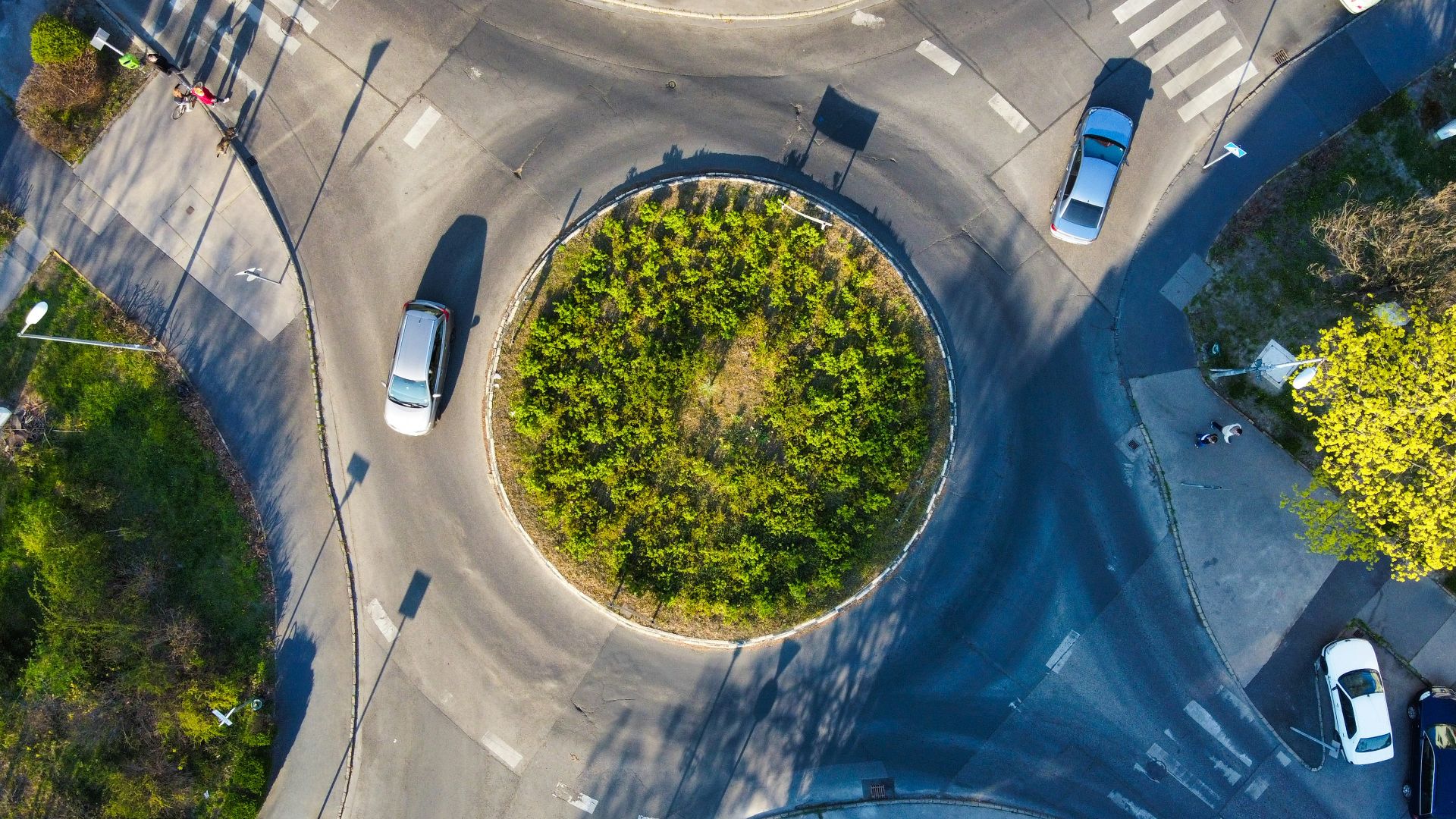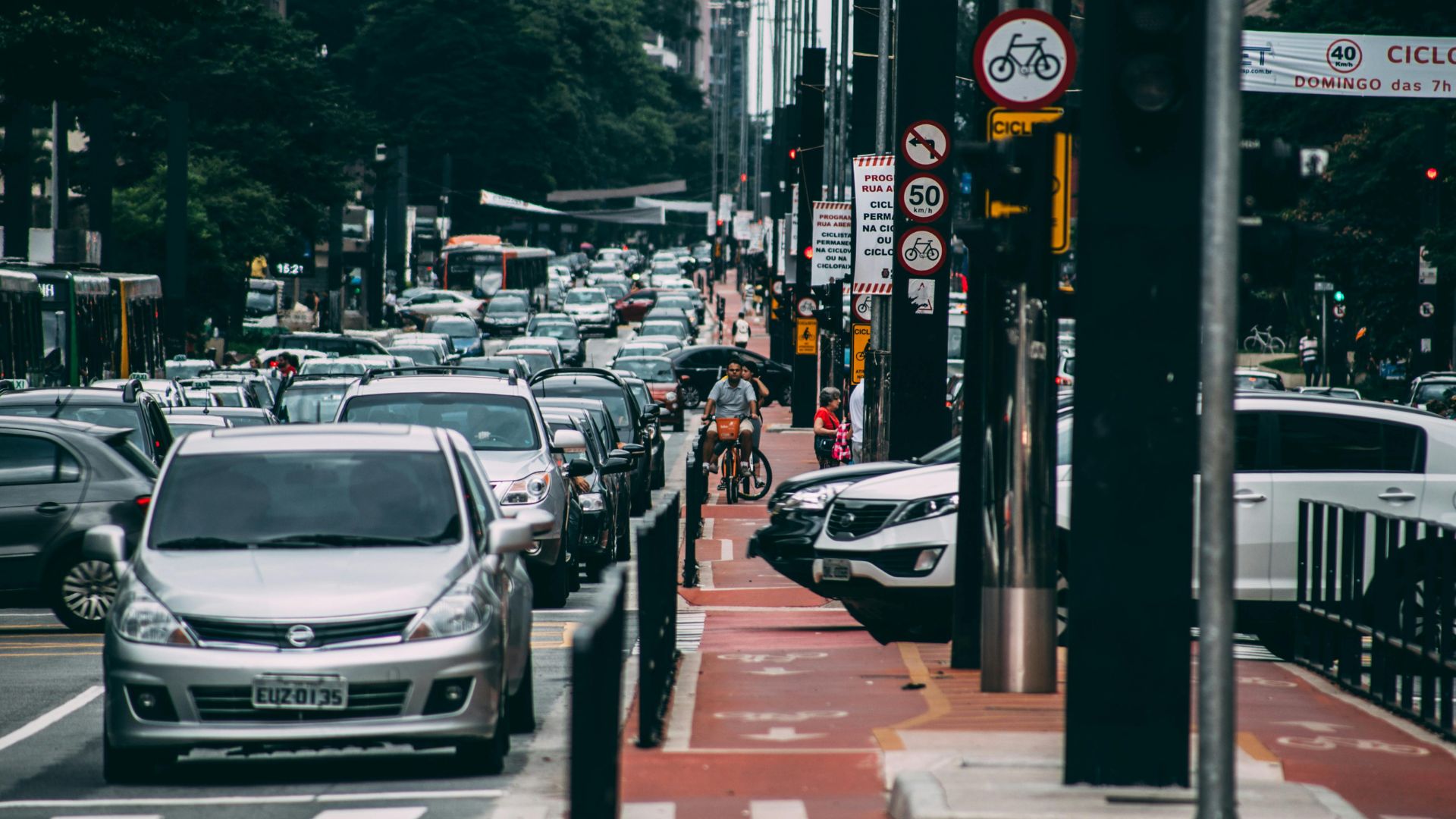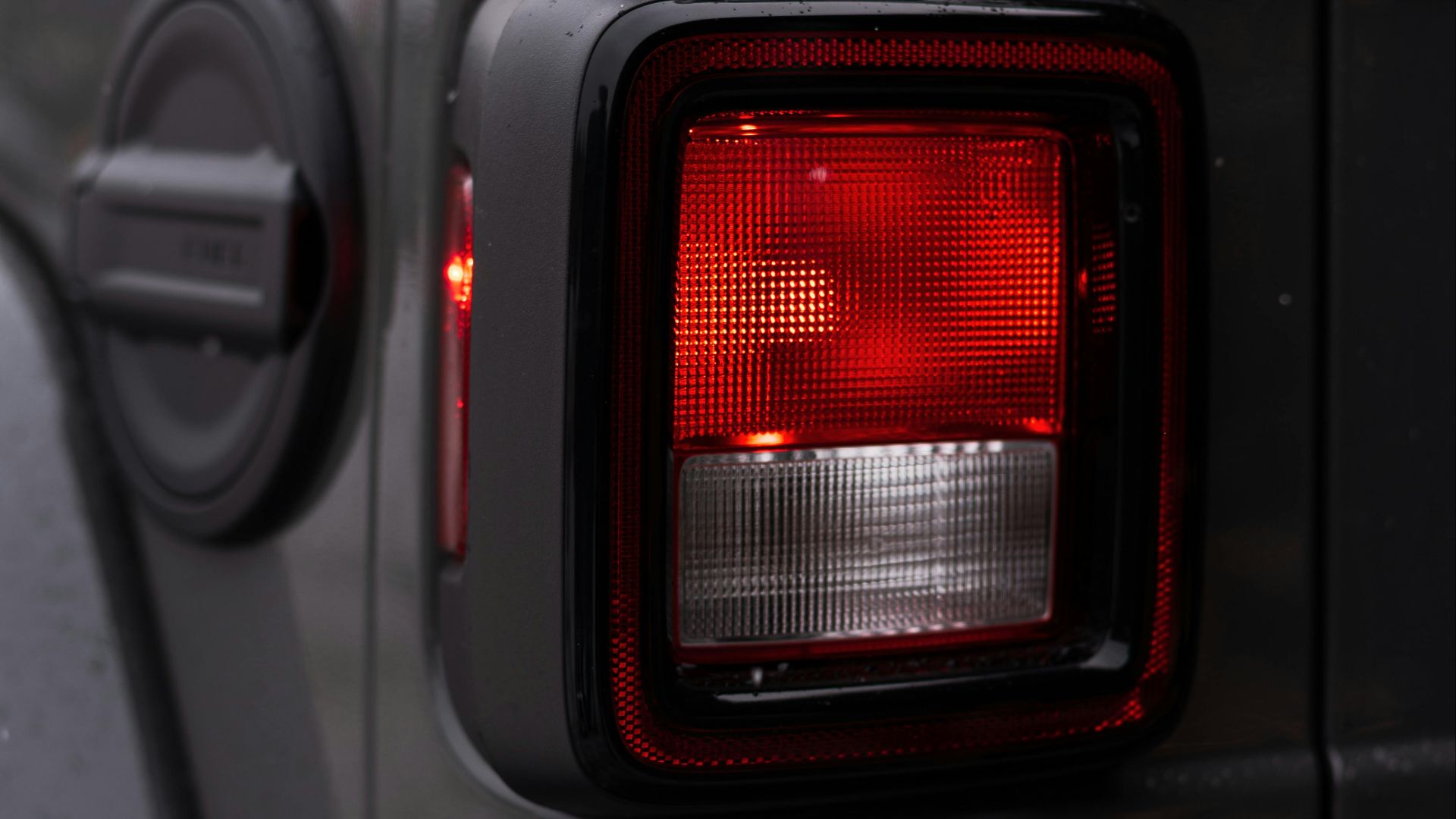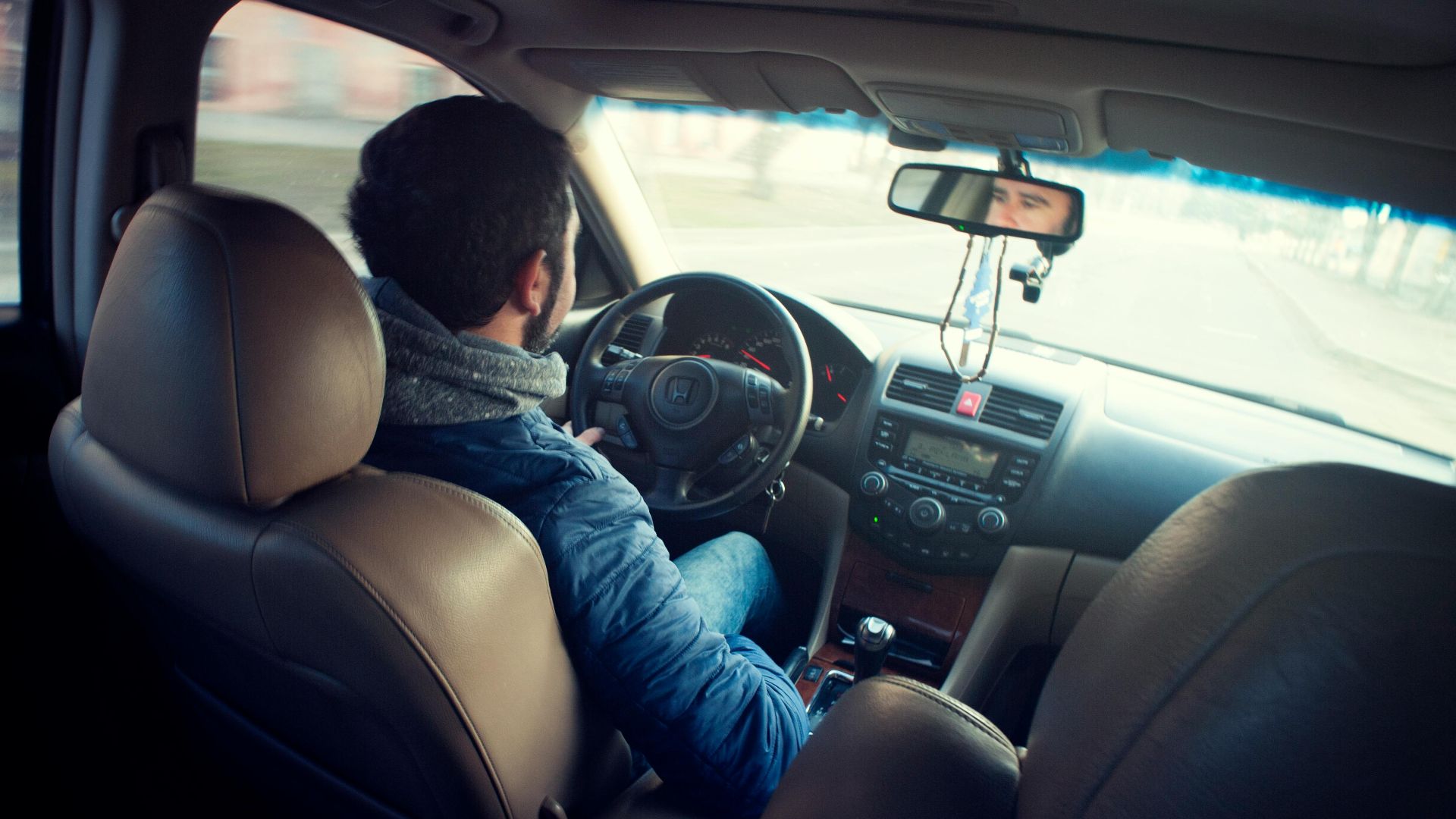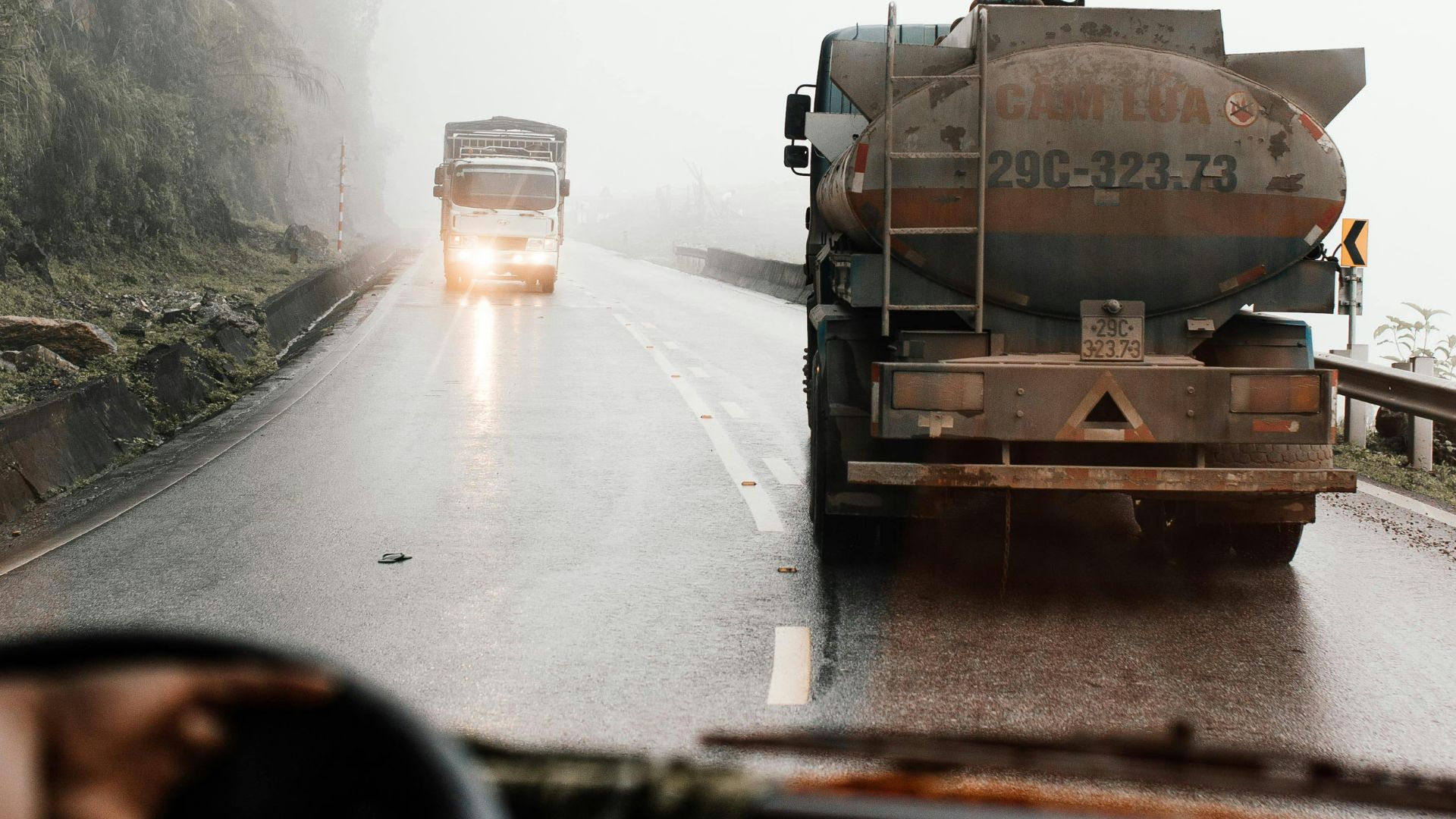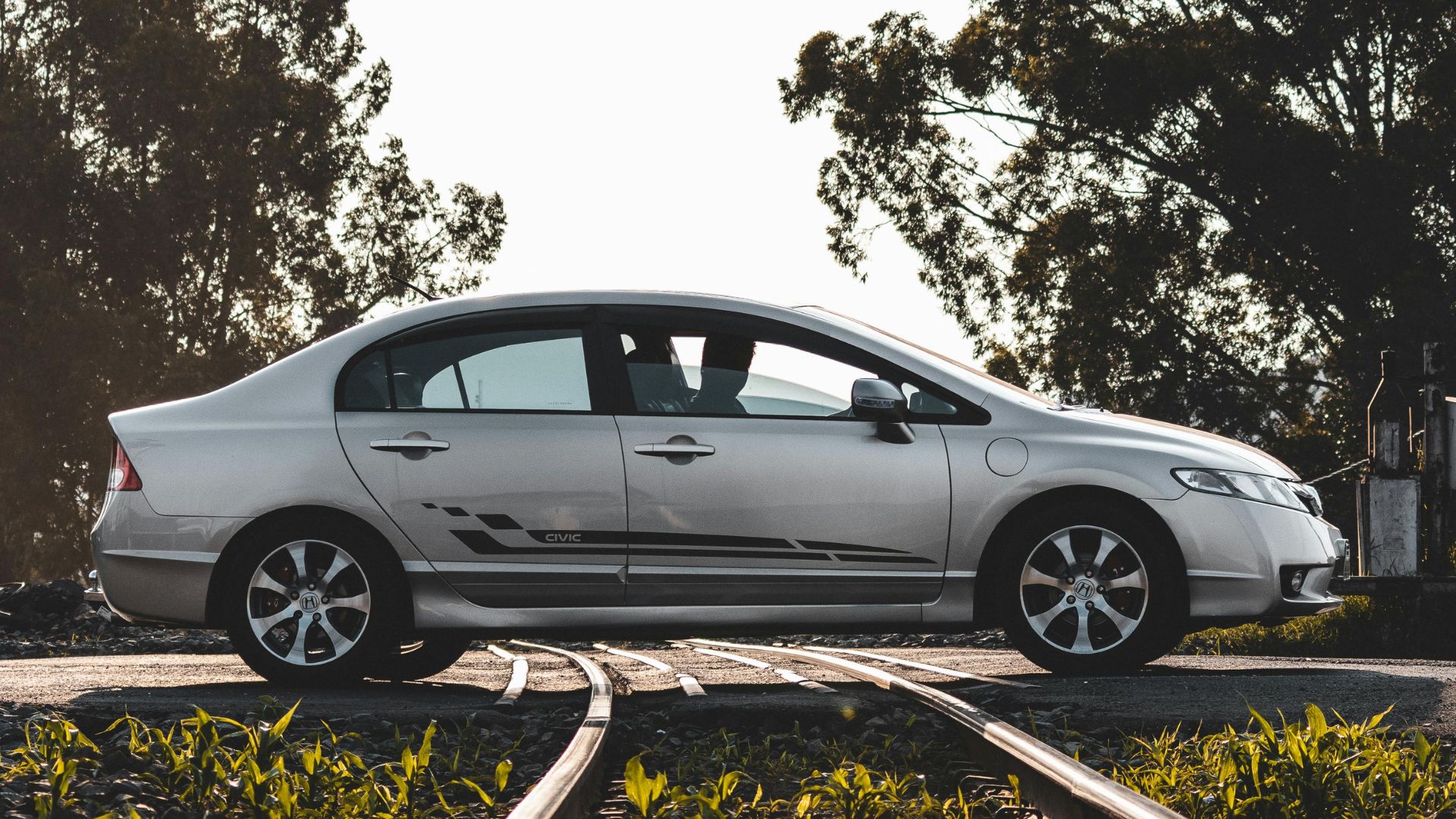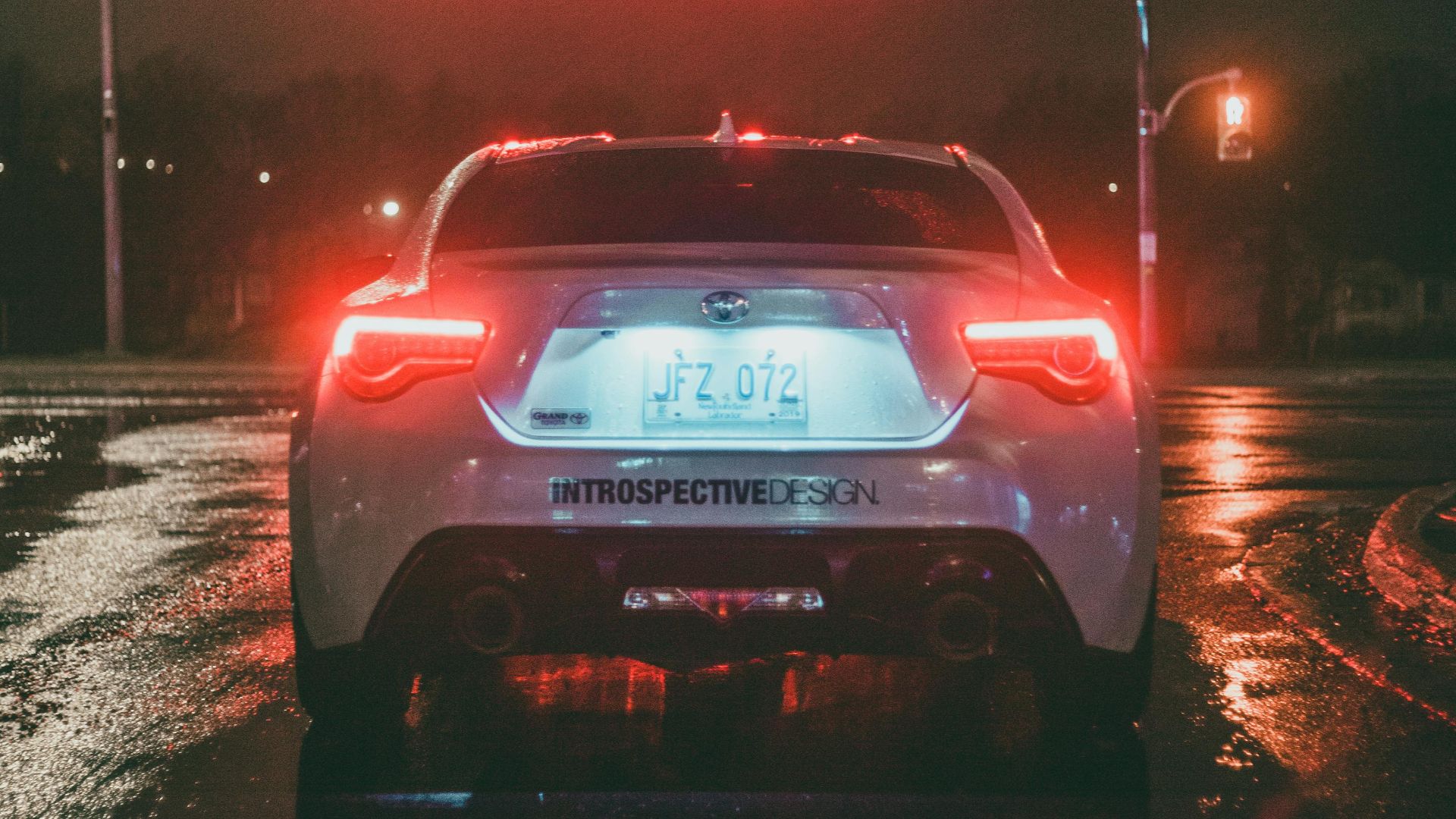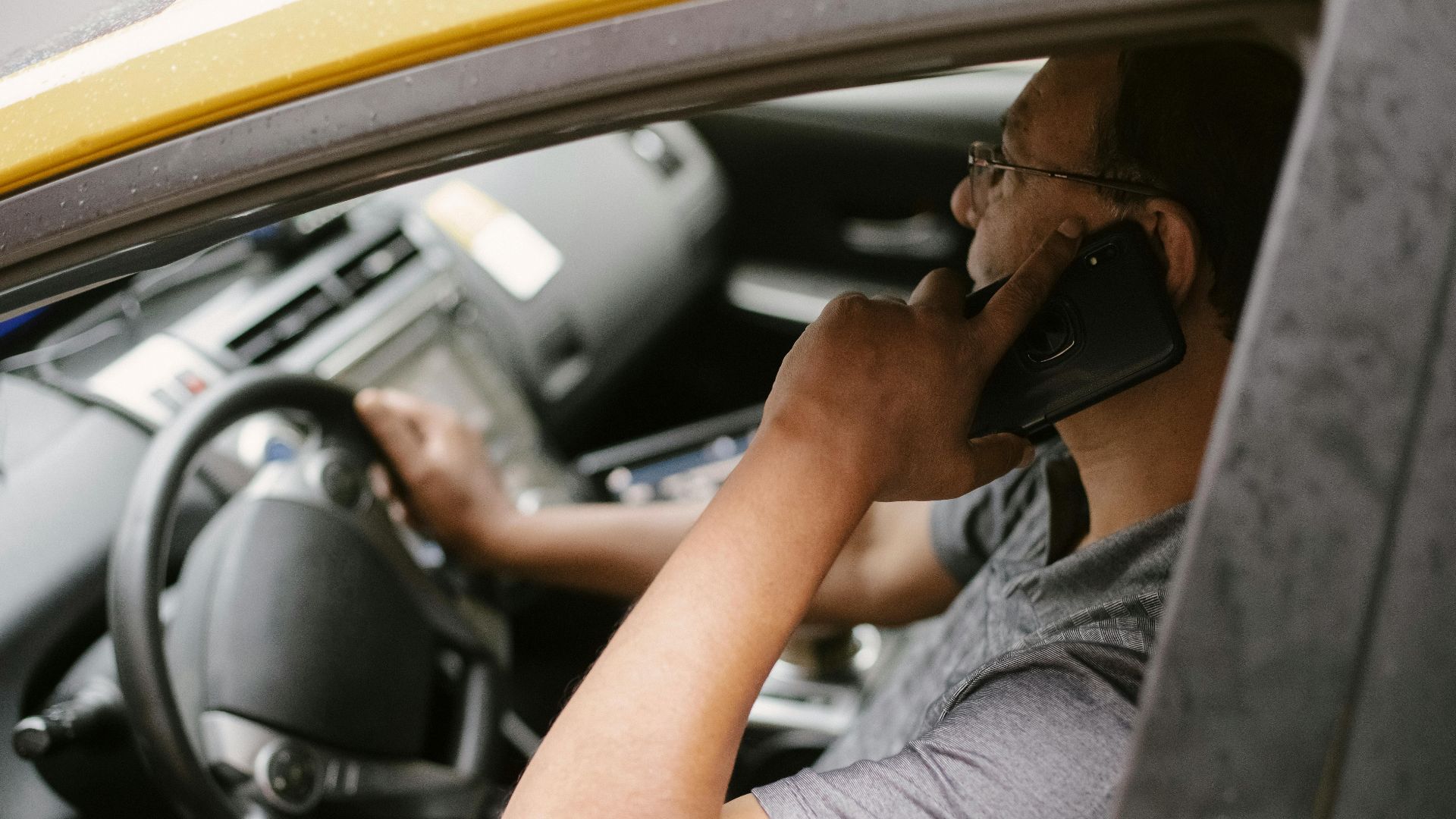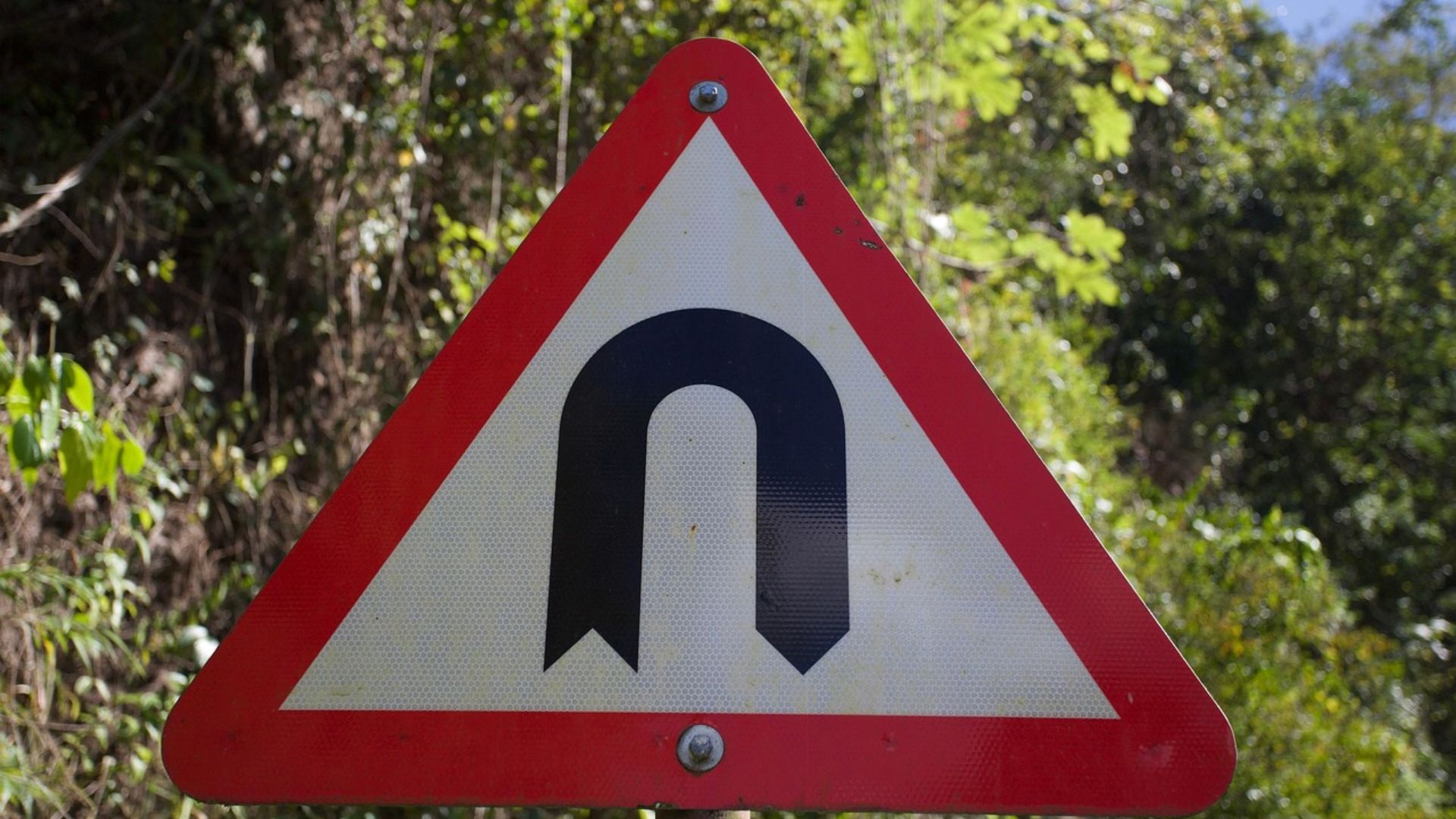The Rookie Driver Woes
The transition from passenger to driver brings challenges that nobody fully prepares you for in advance. Suddenly, you're responsible for a massive machine moving at high speeds, and the weight of that hits differently once you're actually alone. Some situations feel manageable quickly, while others continue triggering stress for months. These shared worries connect new drivers everywhere through a common experience. Find out which specific scenarios cause the most anxiety for people just starting their driving journey.
1. Making Left Turns
Busy intersections feel like puzzles with too many moving pieces. Traffic comes from everywhere, and spotting the right moment takes confidence that beginners just don't have yet. The worry about causing a crash wins out, so they wait through multiple light cycles before finally going.
 Mehmet Turgut Kirkgoz on Pexels
Mehmet Turgut Kirkgoz on Pexels
2. Night Driving With Limited Visibility
Darkness flips everything upside down. Headlights create blinding glare, and judging distances becomes total guesswork. Roads without streetlights feel especially creepy. Every pair of high beams makes seeing what's ahead exponentially harder.
3. Stalling The Car In Traffic
The engine dies at a green light, and horns start blaring instantly. Manual transmissions need perfect clutch timing that beginners haven't figured out, and restarting while everyone waits behind you? Pure humiliation. That fear sticks around for weeks.
4. Driving In Bad Weather
Hydroplaning becomes real even at moderate speeds. Snow and ice? Control just vanishes completely. New drivers slow way down, death-grip the wheel, and pray their tires hold through each turn they're attempting in these sketchy conditions.
5. Driving Uphill
Hills are the worst when someone's parked right on your bumper. The car slides backward despite every effort. Manual clutches demand perfect timing between gas and release that only comes with practice. Even rolling back a few inches feels like the end of the world.
6. Parallel Parking In Tight Spaces
Squeezing between two nice cars brings instant dread. Mirrors don't show enough, and angles while reversing feel completely off. The nightmare of scraping someone's paint keeps beginners up at night. Plenty would rather walk five blocks than attempt a tough parallel park on a busy street.
7. Navigating Roundabouts
Yielding to cars already inside seems backward somehow. Multi-lane ones are worse—wrong lane and you're heading the opposite way. Exits come faster than expected, and hesitating at the wrong second creates dangerous situations immediately for everyone.
8. Handling Tailgaters
Someone glued to your bumper kills any calm in seconds. Hitting the brakes feels risky, but keeping speed might not be safe either. The constant pressure makes every choice feel wrong. Switching lanes helps sometimes, though aggressive drivers occasionally follow anyway.
9. Forgetting To Signal Before Turning
Mental overload makes turn signals disappear from the routine completely. Other drivers honk angrily, and instructors mark off points during tests. The habit builds slowly through repetition. You forget once and become super aware briefly, then distraction sneaks back and boom—it happens all over again, frustratingly.
10. Driving In Unfamiliar Cities
Unknown roads get overwhelming fast when you don't know local patterns, and exits show up out of nowhere. GPS helps until it suddenly doesn't—miss one turn and you're taking confused detours through neighborhoods you've never seen.
11. Driving Near Large Trucks
Huge trucks take over lanes and create blind spots bigger than entire cars. Passing them generates wind that shakes your vehicle. New drivers naturally give trucks extra space because any screw-up near something that big could be fatal.
12. Managing Traffic Jams
Gridlock turns driving into endless cycles of braking and crawling forward. Constant attention to the car ahead drains energy fast. Manual transmissions make stop-and-go traffic brutal on your left leg. Time disappears while you sit stressed, unsure when normal movement will actually resume.
13. Crossing Railroad Tracks Safely
Railroad crossings make new drivers nervous. Trains look farther away than they are, and signals mean stop immediately. Because trains need huge distances to halt, even small mistakes on the tracks can feel terrifying and dangerously costly.
14. Parking In Crowded Lots
Chaotic lots throw problems from every angle—cars backing out, people wandering around, impossibly tight spots. New drivers search for a spot while impatient drivers wait behind, occasionally honking. Many beginners wish they'd just parked way out in the empty corner instead.
15. Driving Through Construction Zones
Orange cones suddenly narrow lanes while workers stand dangerously close to traffic. Speed limits drop without much warning, and missing those changes can mean expensive tickets. Detours redirect drivers through unfamiliar areas, overwhelming anyone still working on basic highway skills and lane discipline.
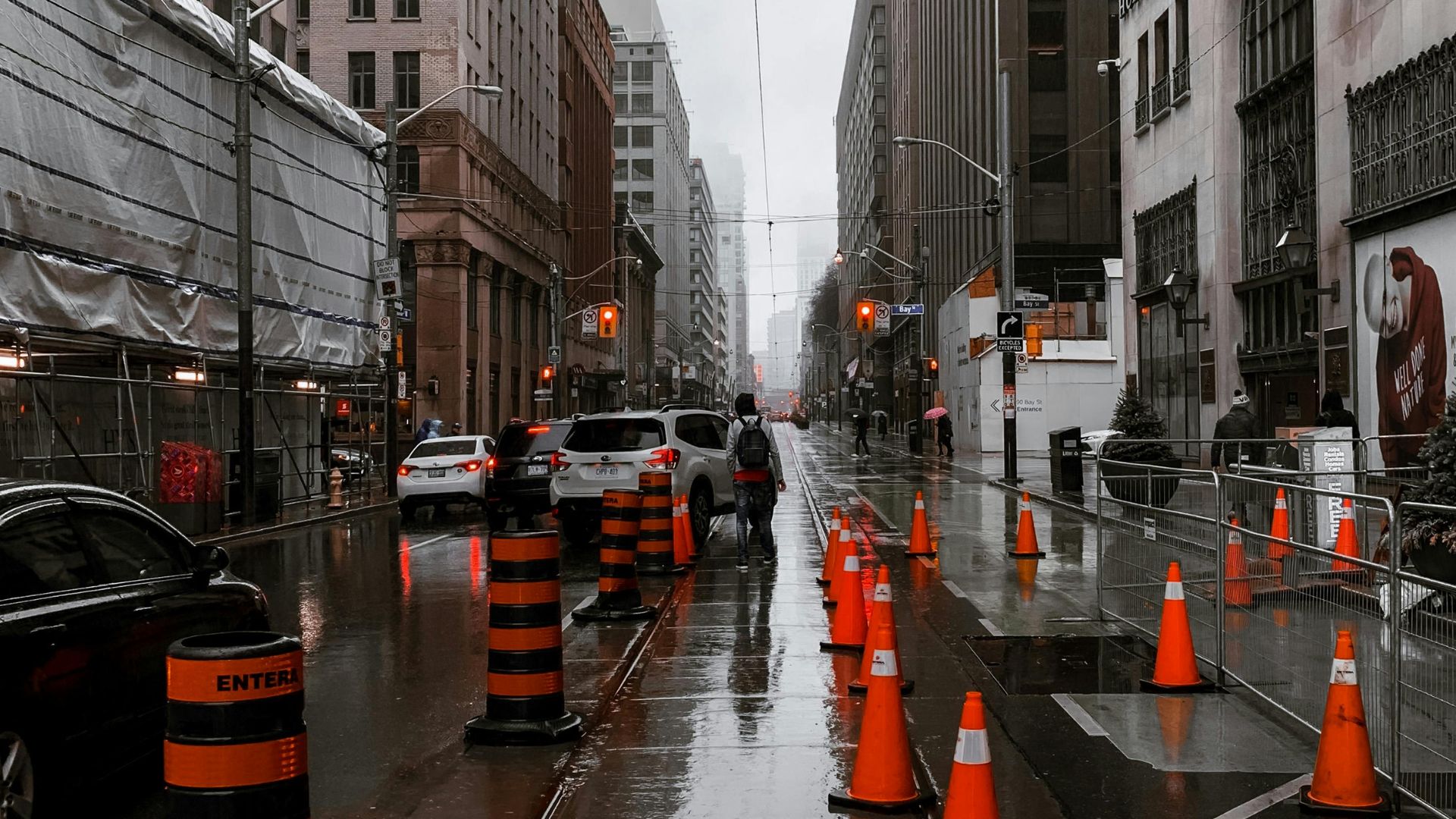 Aldiyar Seitkassymov on Pexels
Aldiyar Seitkassymov on Pexels
16. Handling Sudden Braking
Some cars cut you off without warning, and you slam the brakes—adrenaline spikes instantly. ABS kicks in with vibrations that feel totally wrong when you're inexperienced. Fear of rear-ending someone takes over your thoughts for several heart-pounding seconds.
17. Managing Distractions
Phones won't stop buzzing, passengers talk constantly, and music blares at distracting volumes. Blocking out noise takes focus that beginners haven't built yet. One quick peek at a text means potentially missing brake lights ahead.
18. Driving With Passengers
Friends crank up stress by chatting nonstop, giving unsolicited advice, and killing concentration exactly when you need it most. Parents bring different pressure—impressing them while learning complicated skills simultaneously makes solo driving feel about a thousand times easier.
19. Making U-Turns Safely
U-turns mean checking for signs, judging oncoming traffic speed from both directions, and nailing a tight maneuver without stalling mid-intersection. Pedestrians crossing mess with timing even more. And getting stuck halfway with traffic coming from both sides? Every beginner's absolute worst nightmare scenario.
20. Understanding Road Signs Quickly
Signs show up and vanish faster than beginners can figure out what they mean. Tests cover colors and shapes extensively, but recognizing them under real-world pressure feels completely different. Missing one sign means wrong turns, pricey tickets, or dangerous situations.







